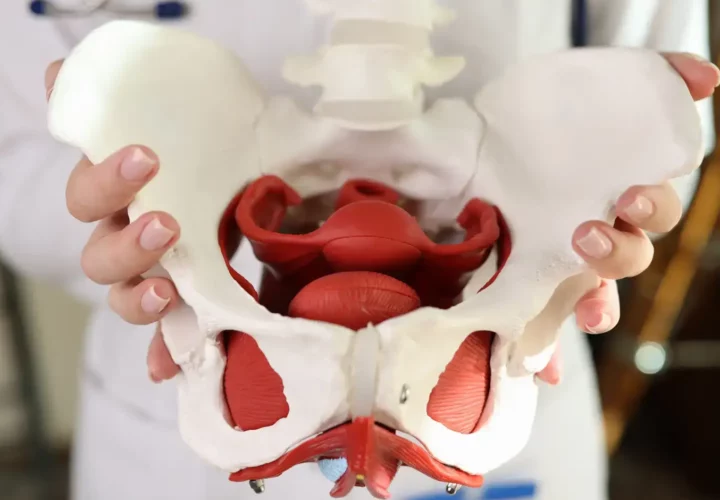Tendinitis is a very blanket term. It’s not always the most accurate but certainly an easy one to understand. It is an irritation and sometimes inflammation (itis) of any tendon within the body. There have been some major changes in the guidelines for treatment over recent years. But to understand the “why” of them, we want to make sure we understand more about a tendinitis itself.
Tendinitis
While we instantly associate this concept with direct damage and present inflammation of a tendon, neither is actually necessary for this diagnosis. We simply need a tendon that produces a sensation of pain. Pain, as stated in the past, does not necessitate damage. It simply requires the perception of local nerves that a local stressor (in the case of tendons amount of force transferring through via stretch or load) is noxious or dangerous.
This perception can be related to a history of a recent sudden change in load to the muscle. Too much weight or reps in an exercise, not enough rest, a sudden high load stretch like a strain injury causes the local nerves to sensitize in a protective manner. The body does not actually have true receptors to detect damage. But if that level of protective nerve activity remains, inflammation may also begin to be sent to the area regardless of presence of damage.
Classic Management
The classic management of a tendinitis was then to rest the tendon via immobilization or restriction to reduce irritants like load and movement. Then after a period of time (6-8 weeks) since that would be adequate for a tissue to potentially heal if damaged, we return to activity. Several problems have emerged from this model. The largest of which is that in many patients, once immobilization was removed, pain returned. As well with return to previous activities. If this happened, injections and modalities to control the inflammation were often attempted to control symptoms. Further restriction was often recommended. But in many of those individuals pain would persist.
This is actually very sensible when we look at how the nerves and pain cycle of the body function. If a nerve is irritable, it will usually stay irritable unless slowly acclimatized to the noxious stimulus. Like how if you go slowly you can accustom the nerves in your mouth to tolerate spicy food better by gradually increasing the spice rating of food you are eating as each next level becomes tolerable. But if you pop a ghost pepper once then wait a month it hurts just as much!
So if the cause of our pain is not entirely damage, nerve irritation will remain. Even if enough “healing time” has been given. So, the new standard of care is to slowly expose an irritated tendon to a minimally irritating load until that becomes comfortable, and then gradually increase this over time in that fashion until it can tolerate normal stretch and weight without irritation.
The Damage is Done
But what if there is damage? If I load a damaged tendon don’t I put myself at risk? Interestingly, it seems not! Much like the muscles they are attached to, repetitive load actually stimulates faster growth of tendon tissue. And increases their resilience! As long as the tear is not a full rupture wherein the ends are entirely no longer attached, partial tears can often heal even faster when exposed to non irritating loads over time!
This protocol is known as “progressive loading“. Best evidence indicates that low pain loads (about a 3 on a 10 point scale of pain) seem to be not only safe for even damaged tendons. But stimulate both local tissue growth and resilience while simultaneously addressing any nerve tolerance issues! Outside of select cases, it seems that absolute rest and immobilization are no longer considered necessary. Meaning we can usually get back to normal even faster!
Physical therapy is a great way to help heal. If you or someone you know could benefit (and live in the area) we are available to help! Not only is our staff very diverse in knowledge but it helps us work together to get you better faster!



